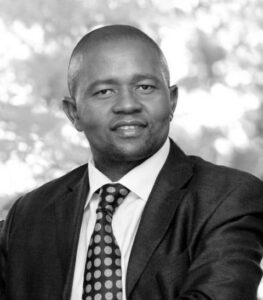
Many South Africans invest without understanding their risk tolerance – a mistake that can cost them. However, it’s never too late to pause and take stock of your strategy. Whether you lean towards conservative, medium, or high-risk, understanding your tolerance for ups and downs matters far more than chasing the highest possible returns.
“People often think risk is just about being reckless or playing it safe,” says Pedri Reyneke, CEO of Multilink Financial Services. “The truth is, it’s really about knowing yourself and your goals. A conservative investor isn’t cautious for no reason – they’re protecting the money that matters most. A high-risk investor isn’t gambling – they’re aiming for growth while accepting that it won’t always be smooth sailing. And medium-risk investors? They’re trying to balance growth with security. None of these approaches guarantees hitting every target, but knowing your profile makes the journey far easier to navigate.”
A risk profile is basically a measure of how much risk you’re willing and able to take when investing. It helps you choose suitable investments and manage market fluctuations.
Conservative investors focus on stability. Their returns are usually modest, but their capital is protected. They prefer predictability and low exposure to market swings – similar to keeping your money in a secure, well-managed investment. Medium-risk investors aim for a mix of growth and security. Some fluctuations are expected, but they’re prepared to ride the waves while steadily moving toward their goals. High-risk investors chase aggressive growth. Their journey can be bumpy, with sudden spikes and dips, and patience is key. Potential rewards are higher, but this approach requires emotional resilience.
“Picking a risk profile isn’t about choosing a winner or avoiding a loser,” Reyneke adds. “It’s about matching your investments to your goals and temperament. Expecting perfection is unrealistic, and you might not hit every target exactly when you want to. Chasing returns without thinking about whether you can handle the emotional swings is a recipe for stress, not wealth.”
Reyneke’s practical advice is simple: start small. You don’t need a fortune to get started – even modest investments teach you how markets behave. Ask questions, seek clarity, and never invest in something you don’t understand. That might mean talking to a financial advisor, or just reading up on the basics. Review your portfolio regularly, because both your goals and risk tolerance can change over time. And diversify, as spreading your money across different asset classes helps manage risk and keeps your path toward financial goals steadier.
“Investing isn’t a sprint; it’s a journey,” Reyneke concludes.
“The sooner you understand how risk fits into your financial planning, the more confident you’ll feel navigating it. Whether your strategy is conservative, medium, or high-risk, knowing your profile helps you make decisions that actually make sense for your life.”
About The Author
![]()
Subscribe To Our Weekly Newsletter












